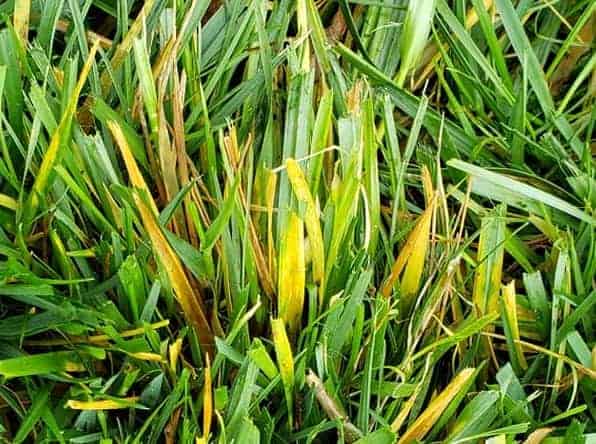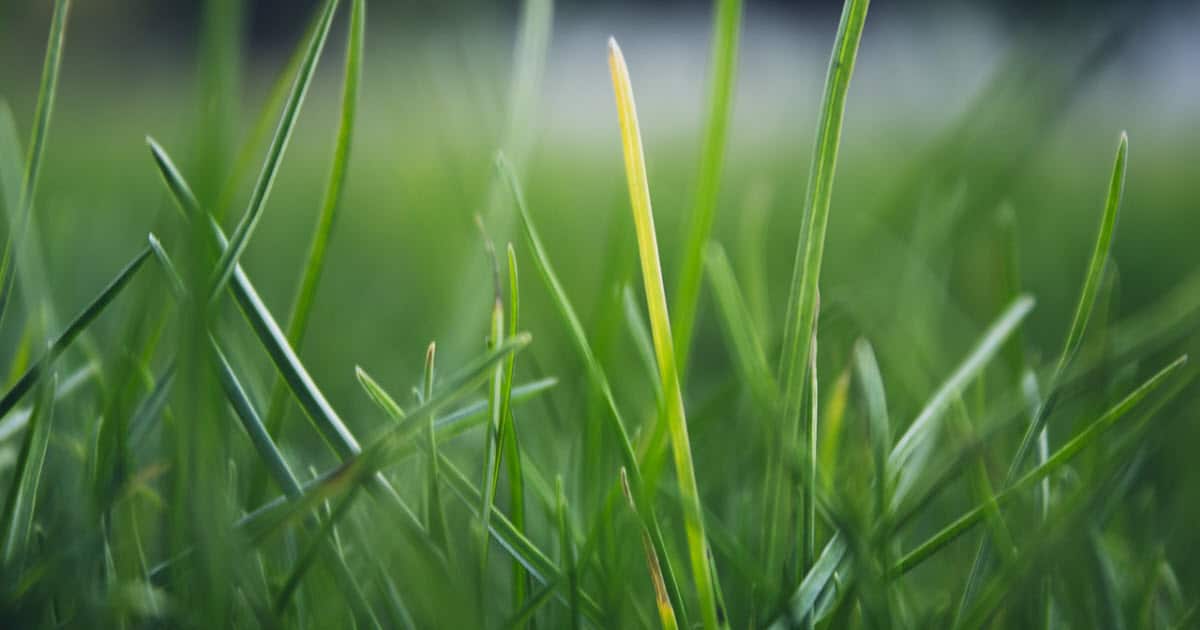Grass Dying In Summer Here's What You Can Do
Grass Dying in Summer: Here's What You Can Do
The summer heat can be tough on lawns, especially if they're not properly cared for. If your grass is starting to turn brown, don't worry, you're not alone. There are a few things you can do to help revive your lawn and get it back to its green, healthy state.
Here are some of the most common causes of grass dying in summer:
- Drought: This is the most common cause of brown lawns in summer. When grass doesn't get enough water, it will start to wilt and turn brown.
- Heat stress: Even if you're watering your lawn regularly, it can still suffer from heat stress if the temperatures are high enough. This is because the water evaporates from the grass blades faster than the roots can absorb it.
- Weeds: Weeds can compete with grass for water and nutrients, which can stress the grass and cause it to turn brown.
- Thatch: Thatch is a layer of dead and decaying organic matter that builds up under your lawn. It can prevent water and air from reaching the grass roots, which can lead to browning.
- Mowing too short: Mowing your lawn too short can stress the grass and make it more susceptible to heat and drought damage.
- Pet urine: Pet urine can burn grass and cause it to turn brown.
If your lawn is starting to turn brown, here are some things you can do to help revive it:
- Water deeply and regularly: The best time to water your lawn is in the early morning or evening, when the sun isn't as hot. Water deeply, so that the water reaches the roots of the grass. You may need to water your lawn more often during hot, dry weather.
- Avoid overwatering: Overwatering can also damage your lawn. Too much water can drown the grass roots and cause them to rot.
- Fertilize your lawn: A balanced fertilizer can help your lawn stay healthy and green. Apply fertilizer according to the directions on the label.
- Remove weeds: Weeds can compete with grass for water and nutrients, so it's important to remove them regularly. You can remove weeds by hand, or you can use a herbicide.
- Aerate your lawn: Aeration helps to improve the drainage and airflow in your lawn, which can help to prevent thatch buildup and improve the health of your grass. You can aerate your lawn with a garden fork or a power aerator.
- Mow your lawn at the right height: The ideal height for mowing your lawn will vary depending on the type of grass you have. However, as a general rule, you should mow your lawn no shorter than 2.5 inches.
- Reclaim pet spots: If your pet has been urinating on your lawn, there are a few things you can do to reclaim the affected areas. First, you'll need to remove the dead grass. You can do this by hand or with a dethatcher. Once the dead grass is removed, you can reseed the area with new grass seed.
If you follow these tips, you should be able to revive your lawn and get it back to its green, healthy state.
null
FAQ of grass dying in summer
- Why is my grass dying in summer?
There are a few reasons why your grass might be dying in summer. The most common reason is that it is not getting enough water. Summer is a hot and dry season, and grass needs about an inch of water per week to stay healthy. If you live in an area with sandy soil, your grass may need even more water.
Another reason why your grass might be dying in summer is that it is not getting enough sunlight. Grass needs at least 6 hours of sunlight per day to thrive. If your lawn is shaded by trees or buildings, your grass may not be getting enough sunlight.
Finally, your grass might be dying in summer if it is infected with a disease. Common summer grass diseases include brown patch, dollar spot, and rust. If you think your grass might have a disease, you can take a sample to your local nursery or garden center for diagnosis.
- What can I do to prevent my grass from dying in summer?
There are a few things you can do to prevent your grass from dying in summer. First, make sure you are watering your lawn regularly. The amount of water you need to water your lawn will vary depending on the type of grass you have, the soil type, and the weather conditions. A good rule of thumb is to water your lawn deeply once a week, or more often if the weather is hot and dry.
Second, make sure your lawn is getting enough sunlight. If your lawn is shaded, you may need to trim back trees or shrubs to allow more sunlight to reach your grass.
Finally, keep an eye out for signs of disease and treat any problems promptly. If you see brown or yellow patches in your lawn, or if your grass is starting to wilt, it may have a disease. Take a sample of your lawn to your local nursery or garden center for diagnosis and treatment.
- How can I revive my dying grass?
If your grass is already dying, there are a few things you can do to revive it. First, make sure you are watering your lawn regularly. You may also need to fertilize your lawn to give it the nutrients it needs to recover.
If your grass is severely damaged, you may need to overseed it. Overseeding is the process of planting new grass seeds over existing grass. This can help to fill in any bare spots and create a thicker, healthier lawn.
- What type of grass is best for summer?
There are a number of different types of grass that are well-suited for summer. Some of the most popular options include:
- Bermuda grass: Bermuda grass is a warm-season grass that is tolerant of heat and drought. It is a good choice for lawns in hot, sunny climates.
- Zoysia grass: Zoysia grass is another warm-season grass that is tolerant of heat and drought. It is also relatively low-maintenance, making it a good choice for busy homeowners.
- Buffalo grass: Buffalo grass is a drought-tolerant native grass that is well-suited for dry, sunny climates. It is a good choice for xeriscaping.
- St. Augustine grass: St. Augustine grass is a warm-season grass that is tolerant of heat and humidity. It is a good choice for lawns in the southeastern United States.
- How can I keep my grass green in summer?
There are a few things you can do to keep your grass green in summer. First, make sure you are watering your lawn regularly. You may also need to fertilize your lawn to give it the nutrients it needs to stay green.
In addition, you can try aerating your lawn. Aeration is the process of removing plugs of soil from your lawn. This helps to improve drainage and allows air and water to reach the roots of your grass.
Finally, you can mow your lawn regularly. Mowing your lawn at the correct height helps to keep it healthy and green. The correct mowing height for your type of grass will vary, so check with your local nursery or garden center for recommendations.
Image of grass dying in summer
- A brown patch of grass in a sunny yard.

- A lawn with yellowing blades of grass.

- A field of brown grass with a few green blades poking through.

- A close-up of a dying blade of grass, with the roots shriveled and brown.

- A pile of dead grass, with the blades brittle and brown.

Post a Comment for "Grass Dying In Summer Here's What You Can Do"